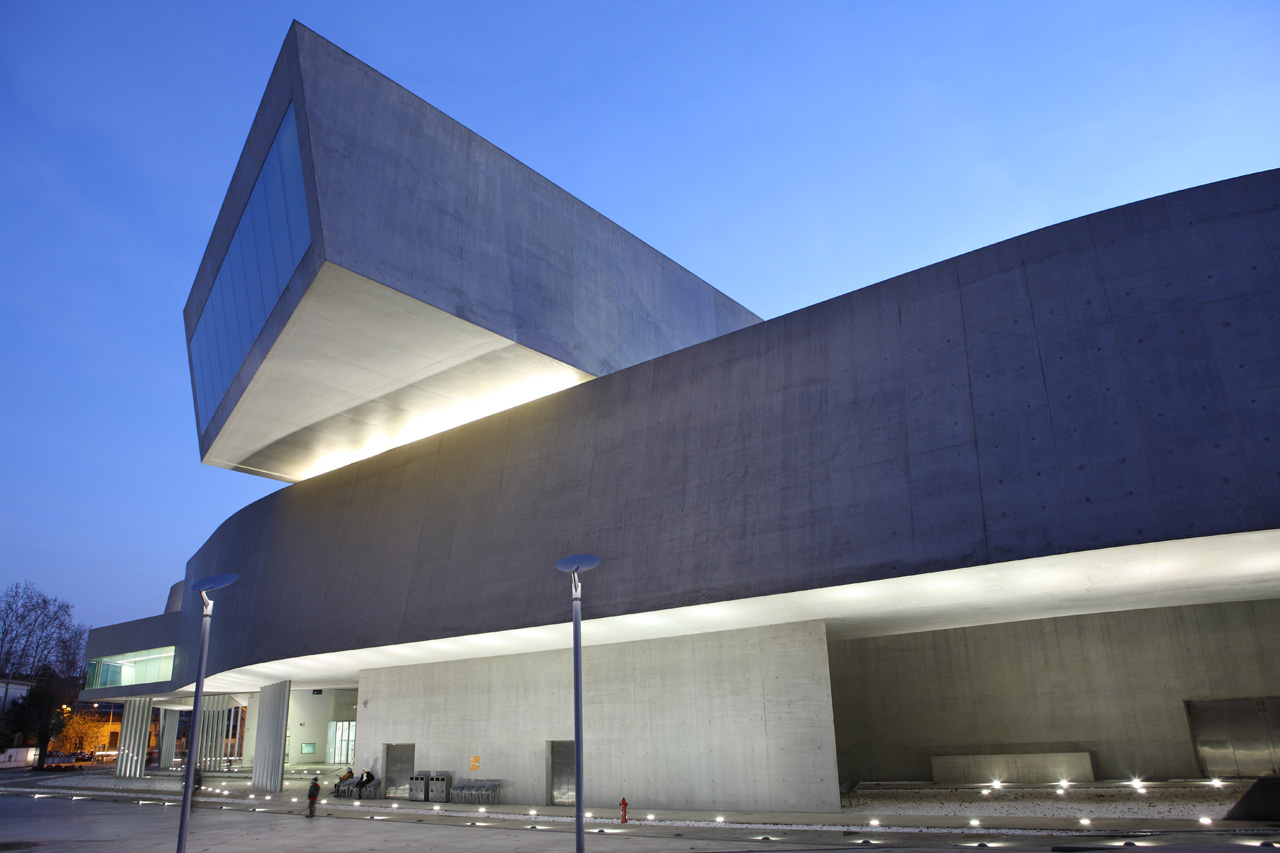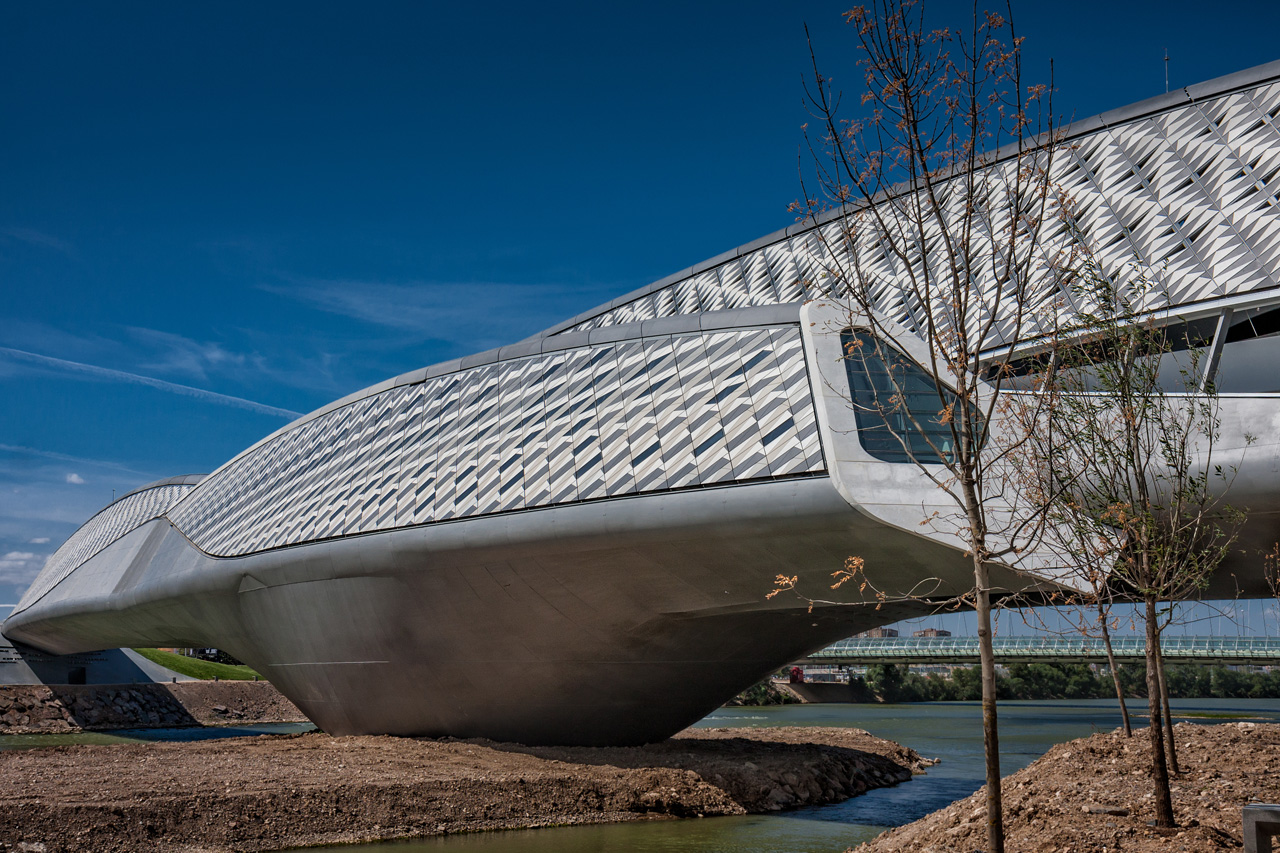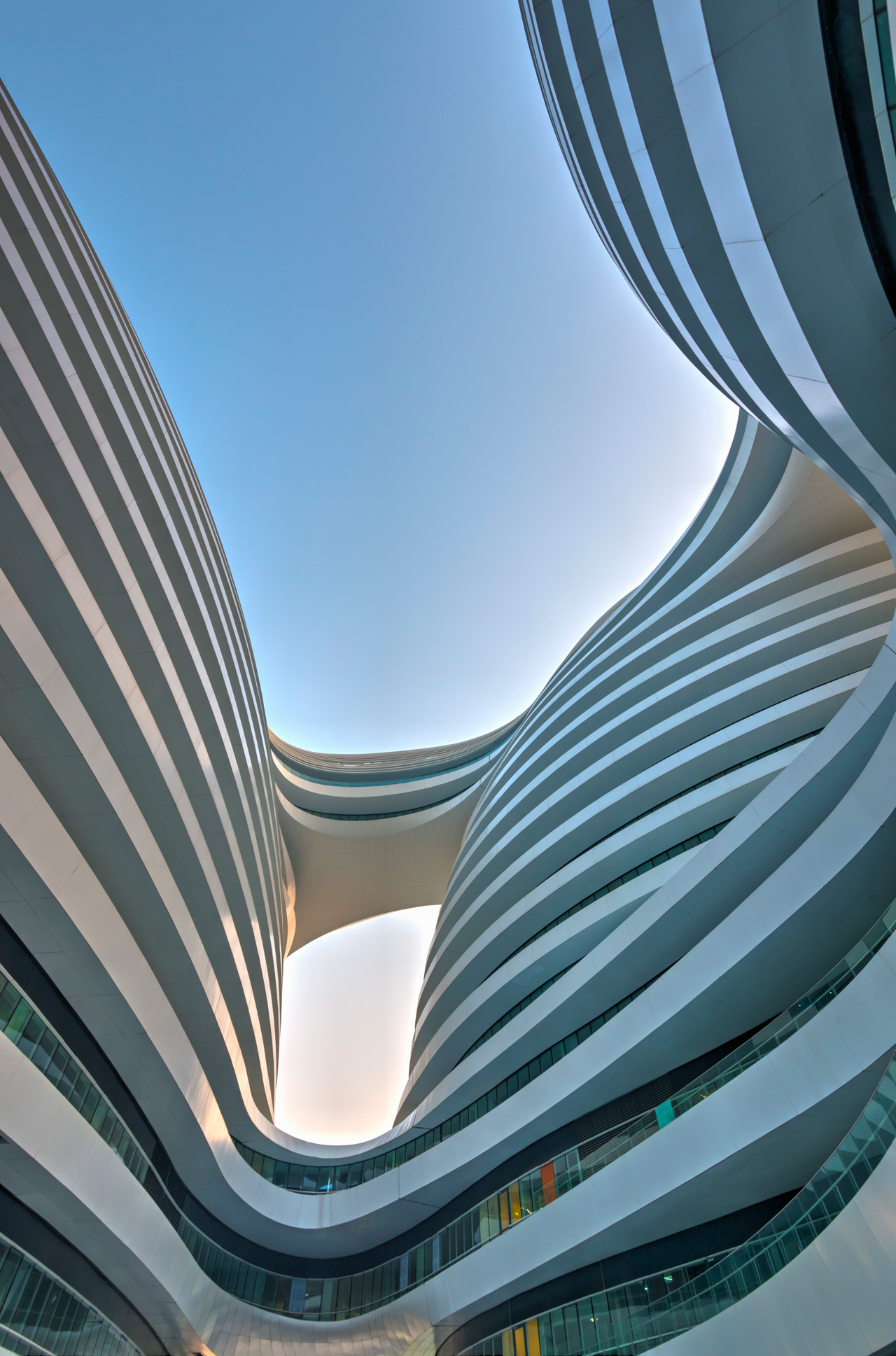News feed

The late, iconic Iraqi architect Zaha Hadid in her London office, circa 1985
Credit: Christopher Pillitz/Getty Images
In her work as in her life, it’s only fitting now to describe the legacy of the late Zaha Hadid as towering in every respect.
One year to the day after the Baghdad-born, British design legend died suddenly from a heart attack at age 65 in Miami, and the prolific (and at times controversial) architect’s distinctive silhouettes show no signs of fading from the collective consciousness. It was only earlier this week that plans for a $12 billion skyscraper that on completion will become the second tallest building in New York (at 666 Fifth Avenue, no less) courted heightened controversy not only for its divisive appearance and address, but for being backed by Manhattan’s Kushner family, whose scion Jared is married to Ivanka Trump and who also acts as a close adviser to President.
Hadid’s name, it seems, will never be far from headlines.
Today, Hadid’s longtime collaborator Patrik Schumacher now helms Zaha Hadid Architects – the firm Hadid founded in 1979 and whose offices are stationed in London, New York, Beijing, Hong Kong, Dubai, and Mexico City – with the goal of continuing her eponymous practice posthumously. To do so is considered something akin to an aberration in an industry where an architect’s practice is contingent on their being alive to supervise it. That it should live on without her is no less of a surprise, however, as Hadid herself always was the embodiment of a radical and spectacular departure from convention.
Herewith, on the anniversary of her passing and the shockwaves it sent through the international design communities – not only in architecture, but in furniture, art, jewellery, fashion, technology and object design – revisit the groundbreaking work of the incomparable Queen of the Curve.

Rome’s MAXXI museum, or the Museo nazionale delle arti del XXI secolo, designed by the late Zaha Hadid
Credit: Vincenzo Lombardo/Getty Images

The Bridge Pavilion, in Zaragoza, has two floors and is designed as gladiolus, with a narrow end that rests on the right bank of the Ebro river and a end splits into three branches or stems, resting on the left bank
Credit: Angel Villalba/Getty Images
Hadid’s deconstructionist sensibilities extended beyond the realm of the groundbreaking blueprints she presided over for buildings that would break the rules, demonstrating new possibilities for architecture, and traverse into a greater cultural context. That she blazed her own extraordinary trail is irrefutable, much to the chagrin of those who would label her a ‘diva’ or a ‘tyrant’ for exhibiting the same uncompromising attributes that, were they exhibited by her male contemporaries, would warrant the title of a titan of industry. That little of what has been written about Hadid fails to make mention of her unapologetic character is testament to how hard she had to push to stake a claim to a space of her own. That she succeeded in doing so is proof positive of how much determination was required to overcome the social, cultural and economic obstacles presented to her by the simple virtue of her gender and circumstances.
All of which is not to say that Hadid went unrecognised in her lifetime, particularly in what would become her later years. Hers was a career that garnered many firsts, notably that she would be the first woman to receive the Royal Institute of British Architects (Riba) Gold Medal in recognition of her work in 2016.
“We now see more established female architects all the time,” she said in a statement accepting the honour. “That doesn’t mean it’s easy. Sometimes the challenges are immense. There has been tremendous change over recent years and we will continue this progress.”

The Galaxy Soho, in Beijing, another of Zaha Hadid’s landmark structures exemplifying her mastery of organic, curvilinear forms
Credit: Alan Copson/Getty Images
Coupled with the acclaim not only of her peers, but those who would encounter her work in the flesh, Hadid also won the Stirling Prize for architecture twice and became the first woman to win international architecture’s most esteemed prize in 2014, the Pritzker Prize – an honour that’s often likened to winning a Nobel Prize.
It almost goes without saying, of course, that Hadid’s output wasn’t always met with acclaim. Throughout a career that spanned three decades, Hadid encountered high-profile setbacks, most notable amongst them being her thwarted designs for the Cardiff Bay Opera House, and the Olympic-sized debacle regarding a stadium in Tokyo for the forthcoming 2020 Summer Games, a controversy in which the government overturned Hadid’s competition-winning design after prominent Japanese architects expressed their disapproval. But above all, that her adopted country never quite returned her embrace with gusto remains one of the more poignant aspects of her legacy.
With her prescient vision for the untold possibilities of the future, Hadid brought an unmistakable sense of femininity to Modernist architecture the world over, from Baku to Beijing, and now more prominently in Australia. Her radical propositions for unprecedented new forms with a distinctly science fiction bent earned her the posthumous epithet ‘Queen of the Curve’, thanks also in no small part to her pioneering work with computer aided design and construction technology that would allow her astonishing, gravity-defying forms that were once considered unbuildable to take shape.
Before others attuned their eyes and ears to her frequency, Hadid spoke in a vocabulary that was entirely her own, pioneering a new design language that continues to transcend the borders of geography and the mind.

The interior of the Opera House Zaha Hadid designed in Guangzhou, China, in 2010 as seen from the stage
Credit: View Pictures/UIG via Getty Images

Zaha Hadid designed The London Aquatics Centre in 2004 before London won the bid for the 2012 Summer Olympics
Credit: Davoud Davies/Getty Images
At the time of her death, her eponymous firm was engaged in 36 projects in 21 countries around the world; of that number, 24 of them were already in construction stages. And that’s to say nothing of the projects underway in other creative fields in which Hadid proved to be prolific: furniture, jewellery and art amongst them.
Many of those projects have been unveiled in the months since as monuments, both small and large, to her distinct vision, including the incredible Mathematics Gallery in London’s Science Museum, which was modelled off the airflow around an aeroplane; a collection of curvilinear walnut and leather furniture for her long-term gallerist and close friend David Gill; and a new collection of fine jewellery designed in collaboration with Bulgari, namely the B.zero1 ring.
The latter is testament to the enduring power of Hadid’s trademark fluid and organic shapes, and her mastery of rendering them in a range of mediums: ceramics, gold and precious stones amongst them. As powerful as Hadid’s lines are, there also exists a great deal of interest in the voids created between; those spaces where – not unlike a building, or the singular Roman Colosseum from which it takes its design cues – life itself plays out. The design of the B.zero1 itself is a reinterpretation of an existing collection designed in 1999, today brought unmistakably into the present using Hadid’s unconventional vernacular to create a wearable artwork in line with the demands of modernity – its lines in keeping with the ebb and flow of Hadid’s buildings; its form an expression of her uncompromising vision.

The B.zero1 ring, the most recent product of an ongoing collaboration between iconic Roman jeweller Bulgari and Zaha Hadid
Credit: Courtesy of Bulgari
That the scale of the B.zero1 is miniature comparable to the grandiose projects on which Hadid made (and continues to make) her name does nothing to diminish its impact.
That said, even bigger things remain on the horizon where Hadid’s legacy is concerned. Two skyscrapers that appear to flout the laws of gravity are underway in Australia, in both Brisbane and Melbourne. There’s also the spectacular starburst-shaped airport Hadid’s firm has planned for Beijing, which when completed will be the largest passenger terminal in the world; it’s also considered the practice’s most ambitious project to date. Then there’s the firm’s first commission won after the death of the legendary architect: a world-first 10,000-seat eco-stadium for the Forest Green Rovers, and English soccer team. It will be built entirely out of timber in a country where the architect was once unable to have anything built for all the forces working against her.
Ultimately, Hadid’s legacy is one of an unfaltering spirit and proof that, despite the odds, anything is possible. That you can be a Iraqi-born woman, a Sunni Muslim and an Arab, an immigrant and a ‘diva’ who through sheer will and a desire to innovate was able to rise above an industry geared against her over a number of decades to become one of the most important architects in memory. One whose name and buildings alike will stand unerring for the remainder of time. After all, nothing that truly lasts was ever built in a single day.
Produced in collaboration with Bulgari
Tile image: Christoper Pillitz/Getty Images
Cover image: Gary Hershorn/Corbis via Getty Images










